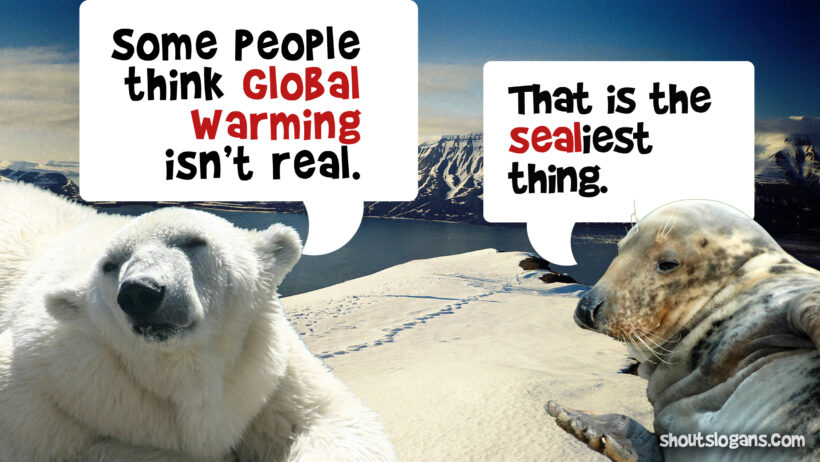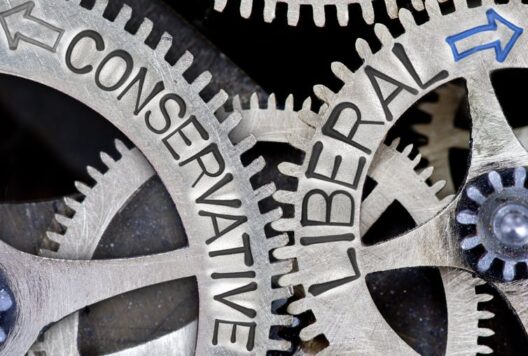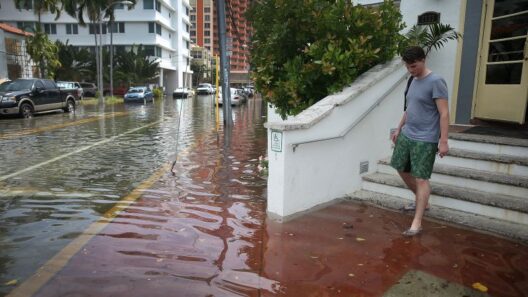Global warming and climate change are terms frequently used interchangeably in everyday discussions, but they embody distinct phenomena within environmental science. So, what’s the real difference between these two terms, and why does it matter? To understand this, it’s essential to explore the nuances of each concept and their implications for our planet’s future.
At its core, global warming refers specifically to the increase in Earth’s average surface temperature due to greenhouse gas emissions. This phenomenon is primarily driven by human activities, particularly the burning of fossil fuels, deforestation, and certain industrial processes. The result is an accumulation of gases such as carbon dioxide and methane in the atmosphere, which trap heat and prevent it from escaping into space. Thus, global warming is essentially about temperature—quantifiable, measurable, and increasingly alarming.
On the other hand, climate change encompasses a broader array of alterations in the Earth’s climate systems. While global warming is a significant contributor to climate change, the latter involves shifts not just in temperature but also in precipitation patterns, ocean currents, and other climatic factors. Climate change can result in severe weather events, altered habitats, and disruptions in ecosystems. It encapsulates both long-term trends and short-term variability, extending beyond mere temperature increases to include changes in rainfall, storms, and seasonal patterns.
One might pose a playful question: if global warming is about the “heat,” what about all the other “climate” happenings? Does heat alone dictate the fate of our ecosystem? The answer is an emphatic no. While the rising global temperatures form the bedrock of climate change, other effects, such as changes in carbon reservoirs, ice melting in polar regions, and ocean acidification, are equally vital in determining the overall health of our planet.
However, one cannot fully grasp climate change without acknowledging its socio-economic ramifications. The interplay between global warming and climate change exacerbates issues of inequality, poverty, and conflict. Coastal communities face increased flooding, agricultural zones experience inconsistent rainfall, and several species face extinction. Vulnerable populations are often the most affected, creating an urgent moral imperative on our part to act.
What is the ultimate consequence of failing to differentiate between global warming and climate change? A misconception can lead to inadequate responses in policy-making and public discourse. If society amplifies the focus on temperature spikes while neglecting the multifaceted aspects of climate change, the response may lack depth and efficacy. Strategies need to address a comprehensive range of challenges, ensuring resilience across various sectors, from agriculture to urban planning.
One of the most daunting aspects of climate change is feedback loops, which tend to intensify the situation. For instance, as temperatures rise, polar ice melts, resulting in less sunlight being reflected back into space, subsequently causing further heating. This cascading effect isn’t merely a scientific concept; it has tangible consequences for communities worldwide. Vulnerability assessments and adaptive strategies need to take these escalating challenges into account.
Moreover, the phenomenology of climate change extends to cultural transformations. People’s perception of their environment changes as patterns shift, impacting agriculture, water resources, and even migration. How does one prepare for a future where traditional farming practices may not suffice due to unforeseen climatic conditions? Societies must innovate and adapt, fostering resilience through technological advancements and local knowledge alike.
Furthermore, understanding the distinction between global warming and climate change is crucial for effective policymaking. Legislative frameworks designed to mitigate climate impacts must recognize that restricting carbon emissions—a core aspect of addressing global warming—will not be sufficient unless accompanied by broader climate strategies. This means integrating coastal defenses against rising sea levels, improving water management in drought-prone areas, and fortifying infrastructure to withstand extreme weather events.
Critically, public awareness plays an essential role in galvanizing action. Educating communities on the differences can inspire more meaningful conversations about the environment. Local advocacy groups can organize awareness campaigns, mathematics-based modeling workshops, and community discussions to foster a deeper understanding. After all, when individuals grasp the complexity of climate issues, they are more likely to engage in sustainable practices and support governance that prioritizes the environment.
As we venture into discussions about solutions, transitioning from fossil fuels to renewable energy sources is paramount. This shift is not merely a technical challenge; it necessitates a cultural shift as well. Find ways to make sustainability engaging, showing that environmentalism can intersect with daily life without sacrificing comfort or convenience. Perhaps challenge your neighbors to reduce their carbon footprint collectively—could that be the camaraderie needed to spur meaningful change?
Consequently, while global warming zeroes in on temperature elevation, climate change encapsulates an intricate tapestry of interrelated phenomena affecting Earth’s systems. Recognizing this distinction is vital not only for scientific clarity but also for fostering effective action. Only by embracing the comprehensive nature of climate change can societies hope to mitigate its impacts and secure a sustainable future for all.
In conclusion, navigating the complex relationships between global warming and climate change requires a blend of scientific understanding, socio-cultural considerations, and proactive engagement. Through this, we not only champion environmental activism but also enhance the collective resilience of humanity. The task at hand demands our unwavering commitment; after all, our planet’s future hangs in the balance.







